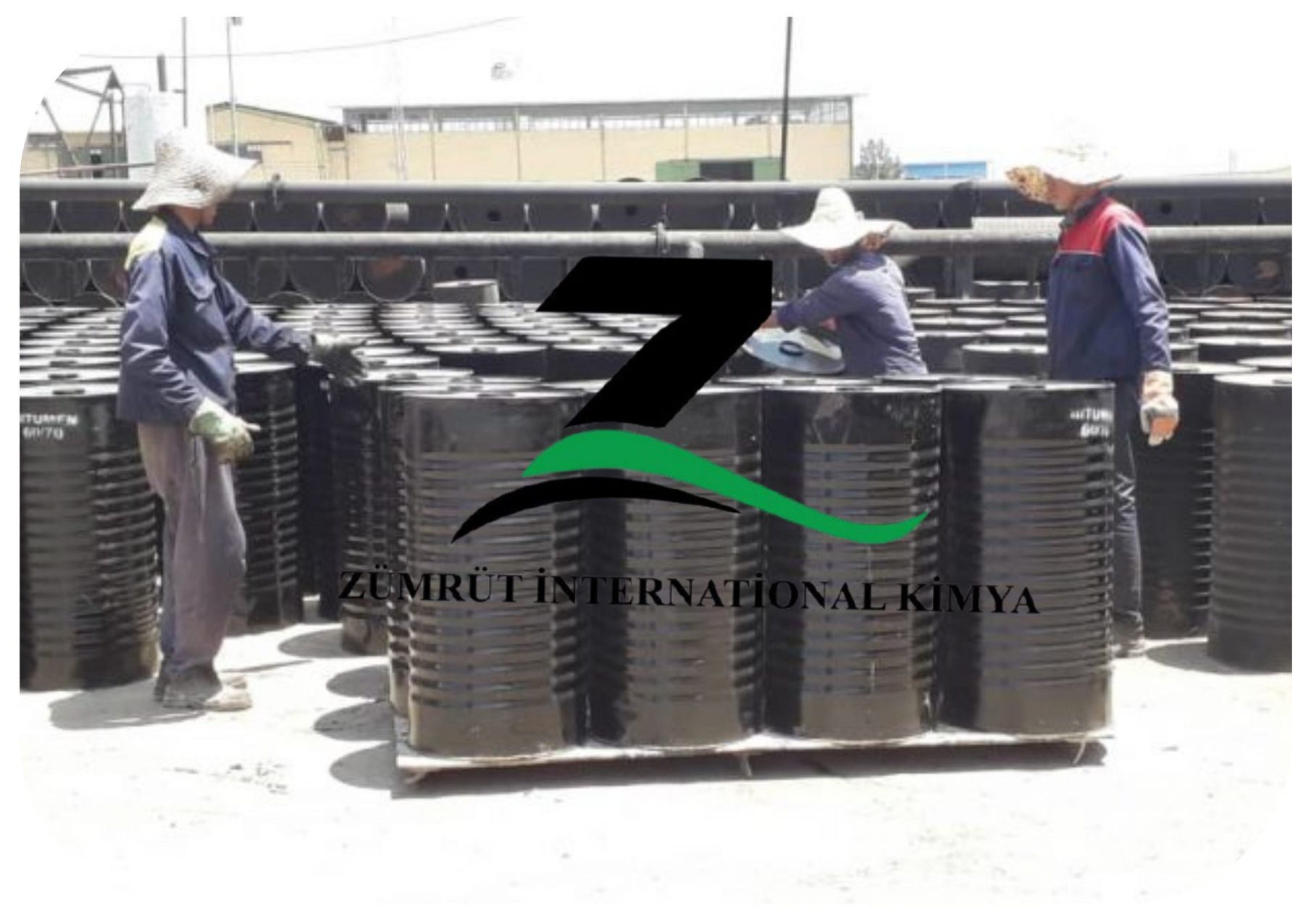
What is Anionic Bitumen Emulsion RS-1?
Anionic Bitumen Emulsion RS-1 is basically a water-based emulsion in which negatively charged (anionic) bitumen droplets are dispersed in water. This grade is an emulsion for rapid setting and hence it finds its application in surface treatments, such as tack coat and priming. RS-1 has excellent adhesion to non-alkaline aggregates and really works well in bonding the existing pavement layers with new asphalt overlays. The quick setting properties ensure construction with minimal delays for curing, while it is also environmental since it does not involve heating upon application.
Anionic Bitumen Emulsion RS-1 Application
Anionic Slow Setting Bitumen Emulsion is a cold/non-fiberized liquid-applied waterproofing bitumen emulsion. It is made by passing bitumen, a special emulsifier, water, and other additives through a high shear rate colloid mill. The properties of bitumen directly affect the emulsion specification. This product is designed for waterproofing and building applications on concrete and metal surfaces. Its high flash point and low solvent content make it easy to use and safe. RS1 is a rapid setting grade anionic bitumen emulsion designed for construction applications on concrete and metal surfaces. It is widely used in highway construction, surfacing, and maintenance, as well as other water-repellent surfaces. Rapid setting emulsions are stable enough to mix with aggregate mineral particles and further processed before setting to a coherent mass. When anionic, RS1 reacts chemically with Portland cement constituents, forming a water-insoluble salt, resulting in valuable water-resistant characteristics.
Packaging, Storage and Handling Anionic Bitumen Emulsion RS-1
RS-1 should be stored in bulk tanks, ideally vertical to minimize surface area. Do not allow RS-1 to either freeze or boil: it will break. Safe storage temperatures range from 10°C (50°F) to 85°C (185°F). In bulk storage, mix the RS-1 every 1 to 2 weeks (more frequently in cold weather). Mixing may be done by paddle agitator (slow), loose gear pump, slow centrifugal pump, or another suitable low shear pump. Do not bubble air through RS-1 to agitate it: this creates excessive foam and may cause the RS-1 to break. Always use clean storage containers. Make sure prior contents are compatible with RS-1 or the emulsion may break.
Difference between Anionic Bitumen Emulsion RS-1 and RS-2
The greatest variance between Anionic Bitumen Emulsion RS-1 and RS-2 lies in the viscosity, setting time, and the fit for purpose. RS-1 is a fast-setting but less viscous emulsion in relation to RS-2 with which it gets usage in suitability towards the curing process needed under surface dressing, tack coat, and patching. RS-1 forms instant adhesion with aggregates and aids efficient road maintenance.
On the contrary, RS-2 is more viscous and has slightly a longer setting time, in the sense that it can be employed for applications such as chip sealing and penetration macadam, wherein aggregate retention should be thicker with the emulsion. While both emulsions are to be set quickly, RS-2 is specified for more rigorous applications, where there is a demand for a more resilient and lasting bond.
Packaging
Anionic Bitumen Emulsion RS-1 is usually packed in durable, leak-proof containers for easy handling and transport. Standard packings are metal drums, plastic barrels, and IBCs, the capacity of which could range from 200 to 1,000 liters, depending upon the purpose. For bigger projects, bulk delivery can also be executed by tankers. Each container will be properly labeled with details of products, usage instructions, and safety rules to ensure ease and conformance to industrial standards.
Specification
| PROPETRY | MIN | MAX | TEST METHOD |
|---|---|---|---|
| Viscosity SSF , 25 °C (s) | 20 | 100 | ASTM D244 |
| Storage stability, 24h (%) | — | 1 | ASTM D6930 |
| Demulcibility , 35ml, 8% dioctyl sodium sulfosuccinate, % | 60 | — | ASTM D6936 |
| Particle charge test | Minus | Minus | ASTM D244 |
| Sieve (%) | — | 0.1 | ASTM D6933 |
| Residue by distillation (%) | 55 | — | ASTM D244 |
| Residue penetration, 25 °C | 100 | 200 | ASTM D5 |
| Solubility in trichloroethylene % | 97.5 | — | ASTM D2042 |
| Residue ductility, 25 °C, 5cm/min (cm) | 40 | — | ASTM D113 |
FAQs
Anionic Bitumen Emulsion RS-1
1. In what way does RS-1 differ from other emulsions?
RS-1 is a rapid setting anionic bitumen emulsion. It breaks very quickly on contact with aggregates and is thus ideal for surface treatments like tack coats where rapid curing is desirable.
2. Must RS-1 be heated during application?
No, RS-1 is applied at ambient temperature. It does not require heating, and this makes it safer, energy-saving, and convenient to use in the field.
3. Can RS-1 be used on any aggregate?
RS-1 is optimally used on alkaline aggregates (like limestone) due to its negative charge. It has to be tested for compatibility if used on acidic or siliceous aggregates.
4. What is the recommended condition for storing RS-1?
RS-1 has to be stored in tightly covered containers, preferably in a cool, dry area and away from sunlight and freezing temperatures. Proper sealing prevents contamination and maintains shelf life.
5. How long can RS-1 be kept?
If properly stored, RS-1 generally has a shelf life of up to 6 months. Stir or gently shake before use for consistent texture.
6. Is RS-1 environment-friendly?
Yes, RS-1 is water-based and doesn’t require petroleum-based solvents or heat for use. This is a safer, more eco-friendly option compared to normal cutback bitumen.

